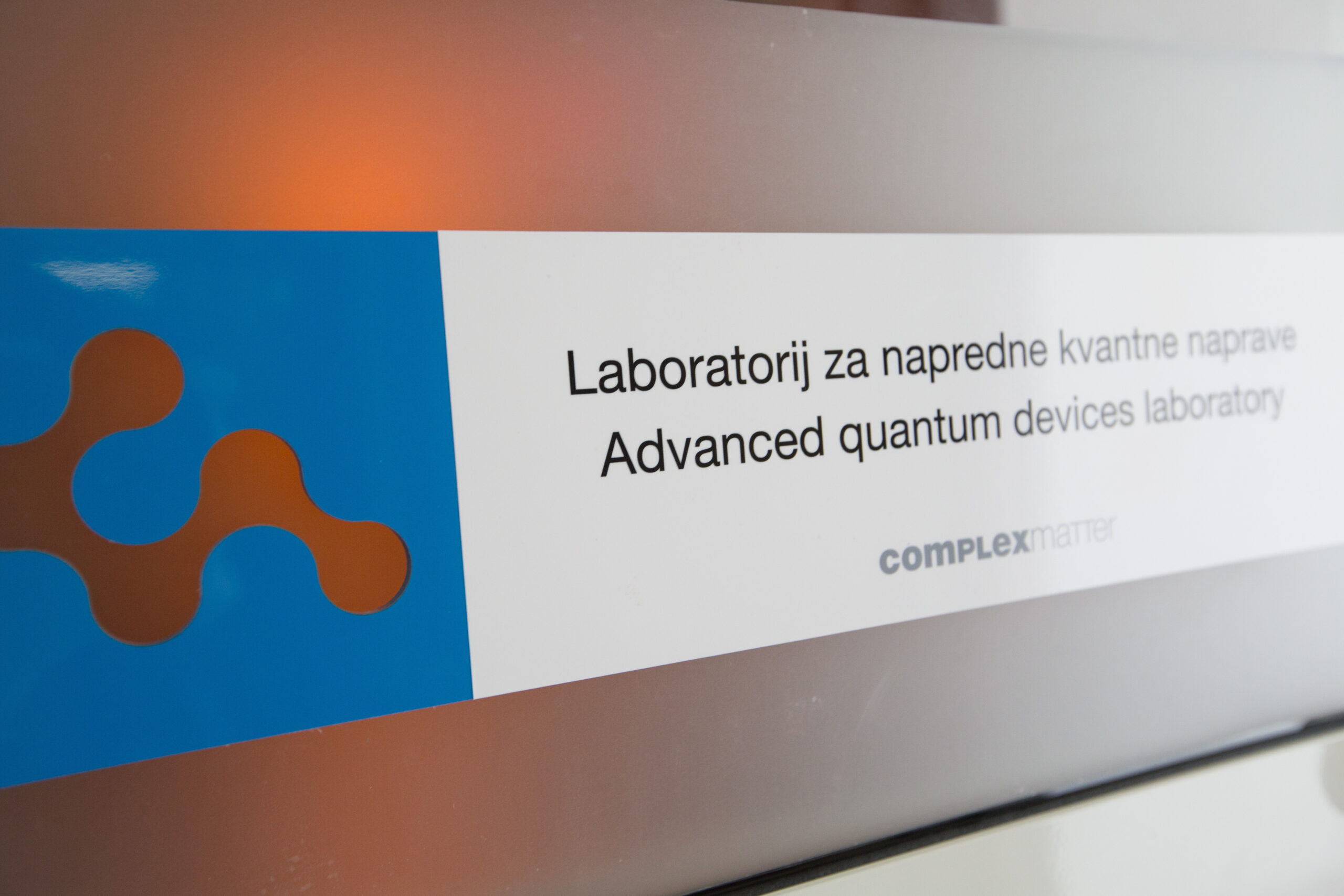Darrick Chang (The Institute of Photonic Sciences (IFCO), Spain)
It is interesting to observe that all known optical materials have a refractive index that is of order unity at visible/telecom wavelengths. However, it is not easy to reconcile this with the fact that the individual atoms making up the material are well-known to have a huge optical response near resonance, when isolated, as characterized by a scattering cross section that is much larger than the physical size of the atom. Here, we develop minimal but unifying models to understand the index of a collection of atoms as a function of density, ranging from the “quantum optics” regime of well-isolated atoms, to the “quantum chemistry” regime of real materials where many-electron behavior becomes relevant. Importantly, our models simultaneously account for non-perturbative multiple light scattering, which is a key factor in what makes the problem surprisingly rich and complex. Our work suggests that an ultrahigh index material (n~30) with low losses is in principle allowed by the laws of nature. If realizable, such a material would have profound implications for optical technologies, due to the extreme reduction of optical wavelength and the associated potential for miniaturization of optical devices and enhancement of optical resolution.
